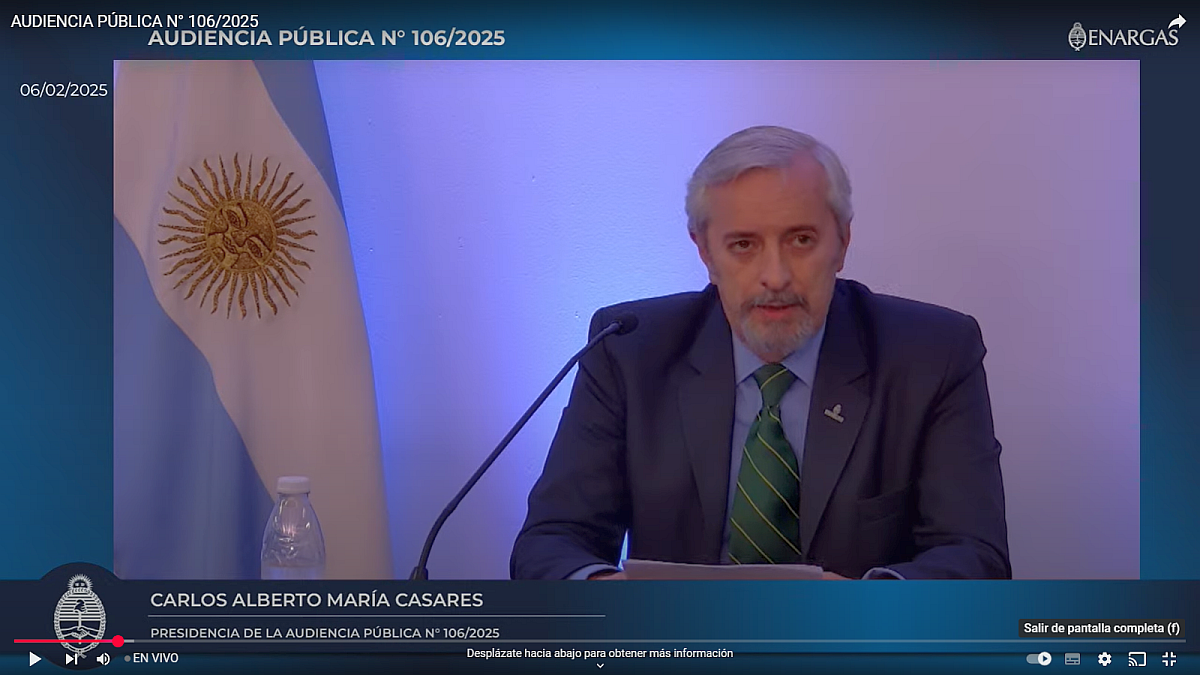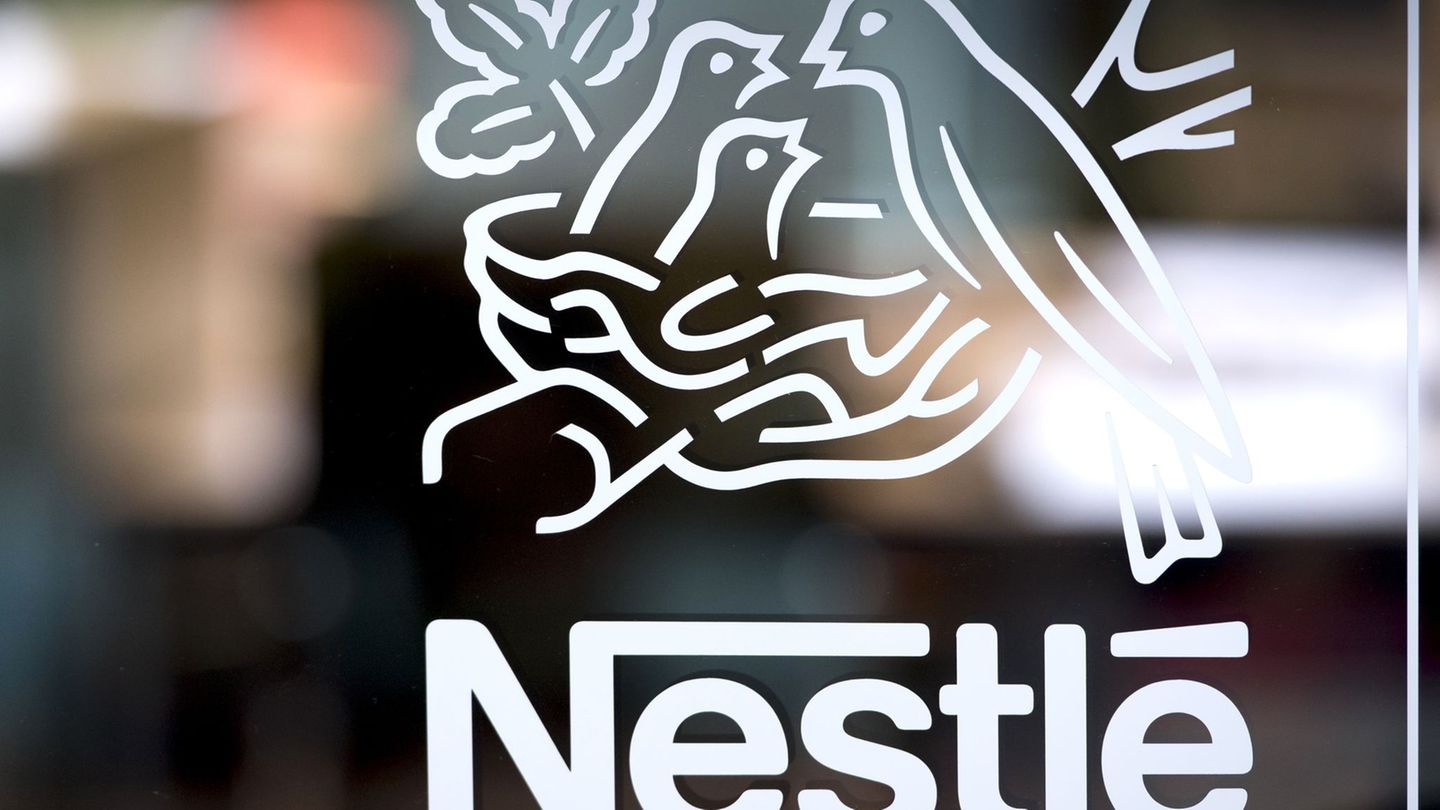Among the topics to be discussed: the quinquenal review of rates of Gas transport and distributionthe periodic adjustment methodology of said rates and the modification of the Distribution Service Regulation in relation to the service cuts due to lack of payment for licentiates.
At the beginning of the transmission, the President the Audience Casares recalled that the Article 38 of Law 24,076 that “establishes the guidelines to which transport and distribution rates must be adjusted, on the basis of the economic operation prudently the services in charge, obtaining sufficient income to satisfy all logical operating costs applicable to the service, taxes, amortizations and reasonable profitability“
The Government highlighted in the recital of the norm that the Enargas launched a “tariff review process for the negotiation of natural gas and gas distribution by networks.”
They also stressed that “The participation of citizenship and companies providing these services is an indispensable previous step for the adoption of public decisions, allowing evaluating the presentations made in accordance with current regulations ”.
How much the increasing companies requested
According to the official documentation presented prior to the hearing, companies requested that They are authorized by an increase in rates around 45%which translates into an impact on the final tickets of users from 10% to 15%, according to the country area.
Under that frame, they also proposed a scheme of monthly increases in your income in order not to lose against inflation and that funds for investments are guaranteed. These increase would be automatically defined based on Wholesale Internal Price Index (IPIM), The Construction Index (ICC) and the Salary Index (IS) of INDEC.
Thus it arises from the presentations that sent the companies Northern Gas Transport (TGN), South Gas Transporter (TGS), Metrogas, Naturgy, Camuzzi, Ecogas, Gas and Gas Coast and Gas Nea.
At the same time, the companies expressed a disagreement around the mechanism that devised the Enargas to separate the municipal fees from the invoices and avoid the service cuts if users partially pay them.
What was TGN’s proposal
TNG presented its proposal of tariff paintings in the transport of gas with Final impact up on invoices of almost 10% from 2025 And he clarified that while the tariff adjustment approved in April 2024 “It improved significantly” The economic equation of the service, in the last five years operated with rates that were of “systematic way” Below the indices of Costs, inflation and devaluation.
As detailed TNG As an example, its adaptation proposal will have an increase in the final invoice of the average residential user of Tucumán level 1 And without a cold area of 4.3%: today pays $ 14,889 per month and will pay for transport service $ 636 additional
In the case of an average residential consumer of SANTA FE level 1 and without a cold area that pays today $ 26,423 per month, it will have an increase of $ 2,566, which represents an increase in 9.7%.
At the same time, TNG He recalled that to date they carry inverted U $ 2,803 million In the operated transport system, which today has 62 million m3/day, and proposed an investment plan for the next five years averaged $ 80,000 million per yeara total of $ 400,000 million in a five -year period.
What was TGS’s proposal
TGS presented an investment plan 2025-2029 by $ 345,000 millionin order to “guarantee the security and continuity of the service, through the reliability and safety of the facilities, the safety of the people and the protection of the environment”, and a tariff adjustment that represents an increase in the average invoice of the 3.6%, without taxes.
Within this framework, the gas carrier with more 9,300 km of gas pipelines that crosses 7 provinces, recalled that the average invoice of a residential user of Metrogas It consists of four elements:
- The cost of transport, which represents 16%,
- Gas in the Boca de Pozo, which is 27%
- The distribution margin, which is 34%
- Taxes, which represent 23%
As an example, in the case of the residence category 1 – Level 1, which has an average consumption of 197 m3 per year, and currently paying $ 1,200 average month for transport without tax, the impact of the increase represents the sum of $ 270 average month, 22.5%.
Source: Ambito




